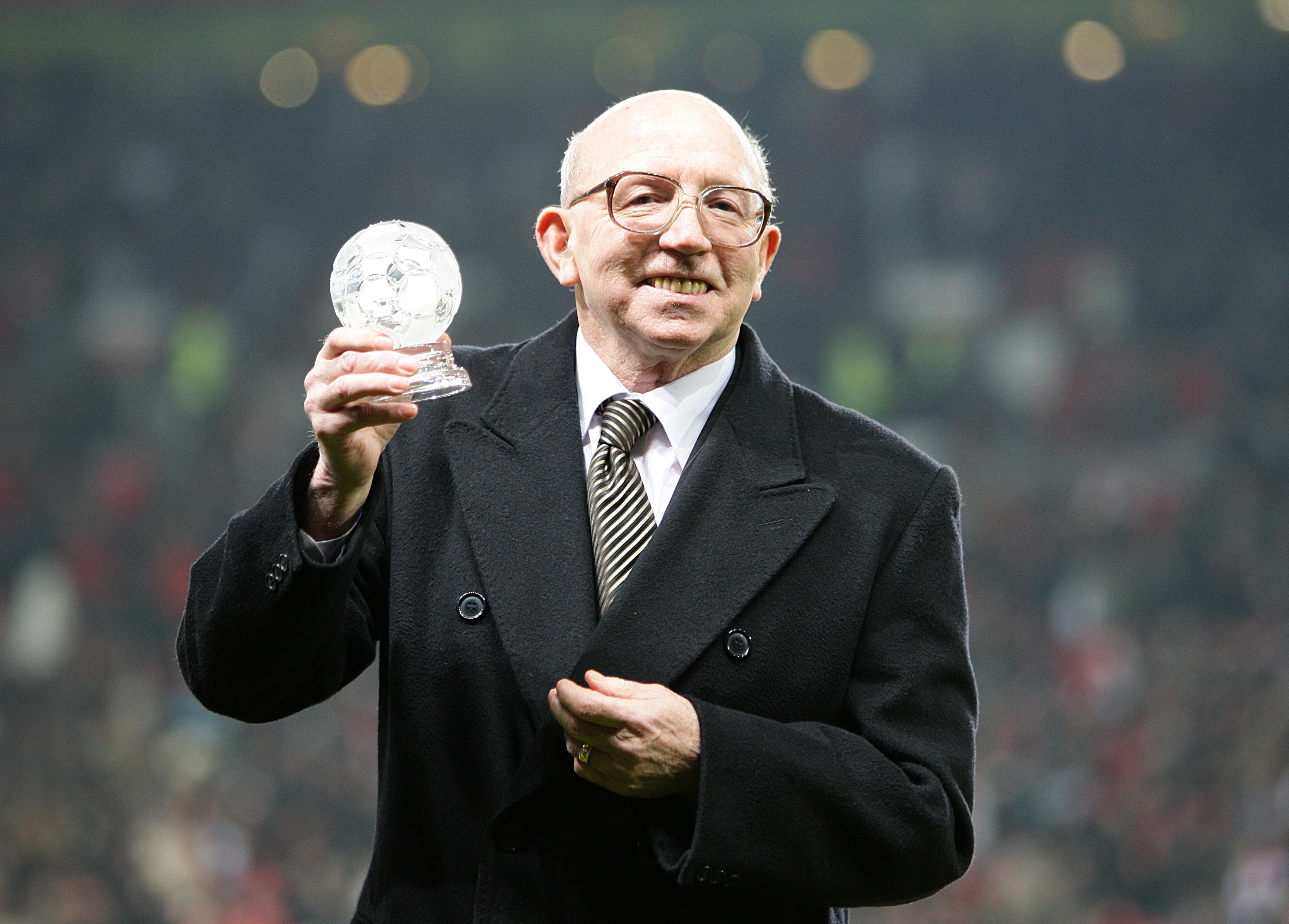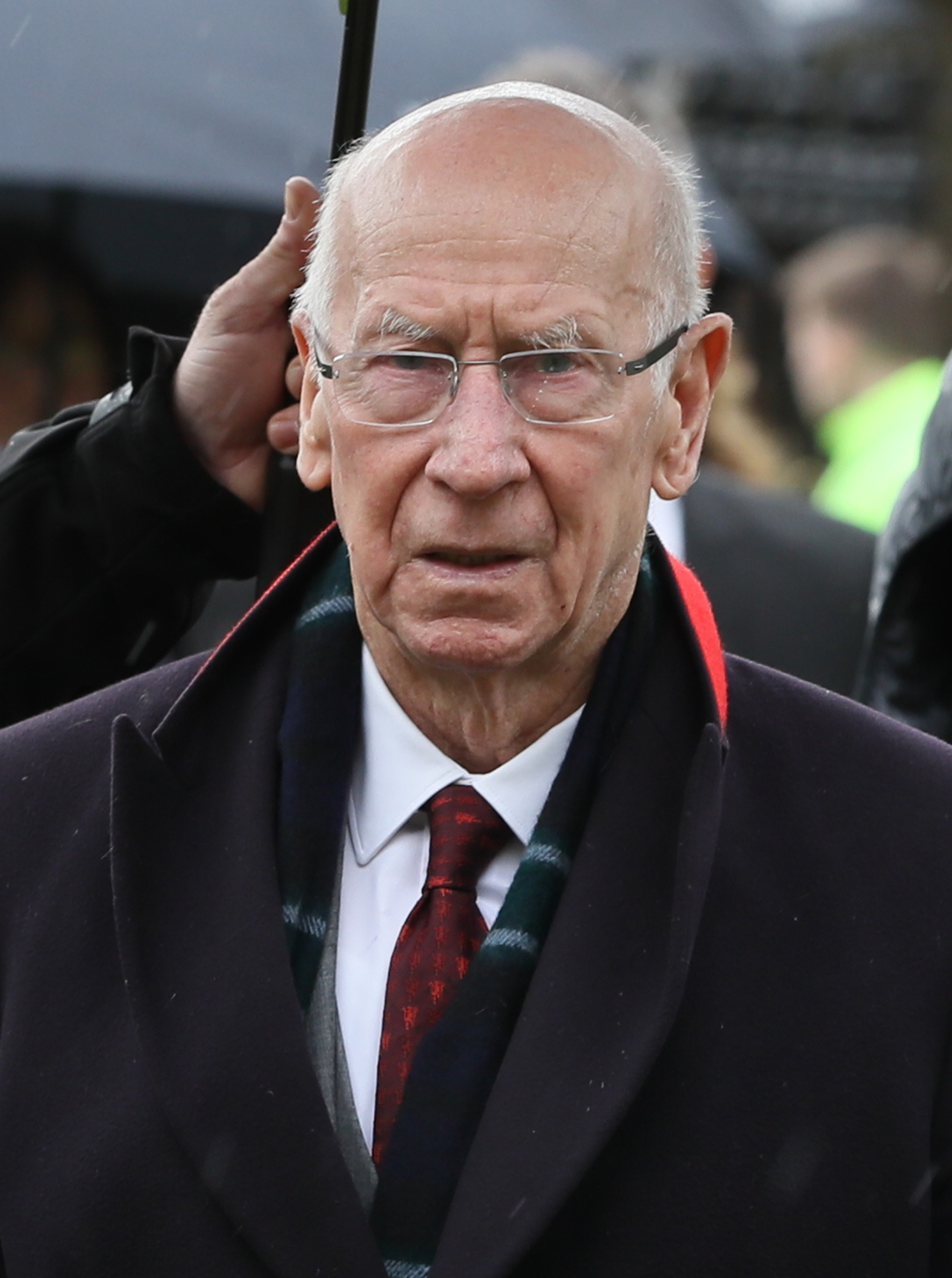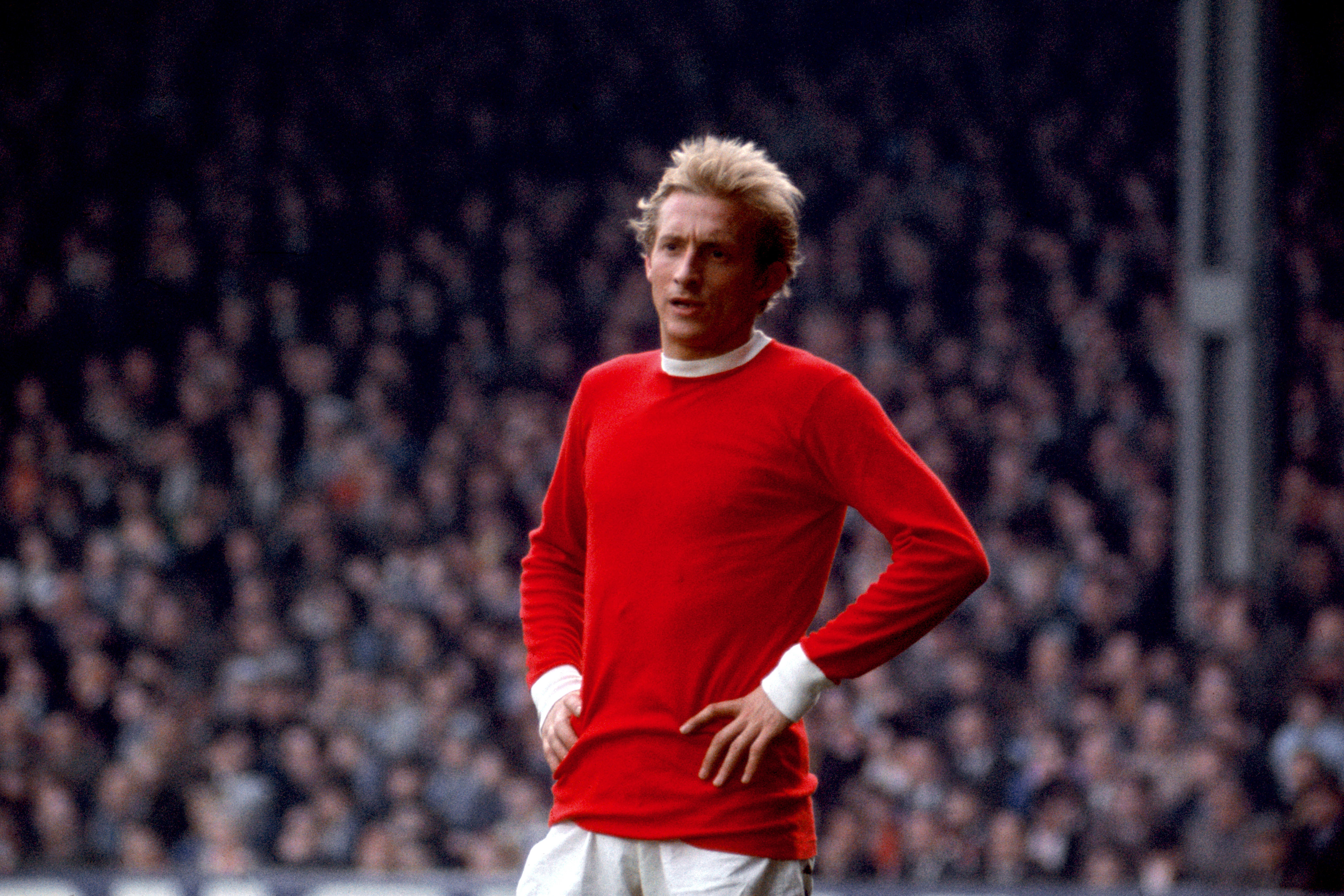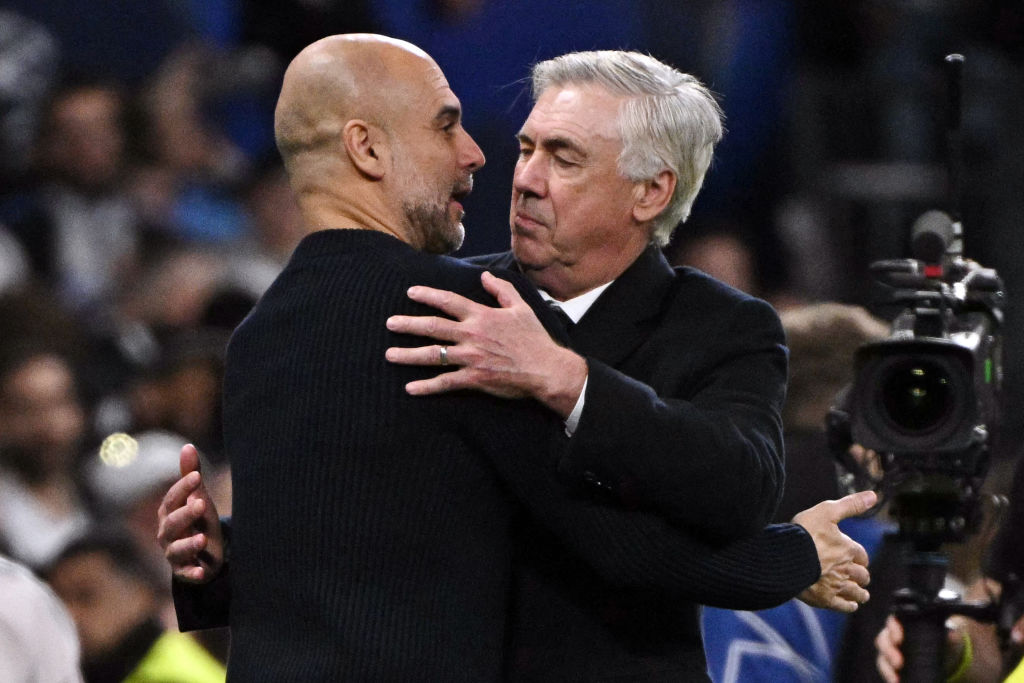Heading the ball led to Nobby Stiles’ brain damage, family told

Nobby Stiles’ family say they have been told his brain was severely damaged by repeated heading of the ball.
The former Manchester United and England player died aged 78 in October having suffered from dementia for many years, and his family told the Daily Mail they received the diagnosis after donating his brain to Dr Willie Stewart’s FIELD study.
The study is looking at the possible link between dementia and a career in professional football. It found in October 2019 that footballers were three and a half times more likely to die of neurodegenerative disease than age-matched members of the population.
The results of the FIELD study, which was jointly-funded by The FA and The PFA, have been announced today. For further information please visit: https://t.co/A5Hz3KnfIY— FA Spokesperson (@FAspokesperson) October 21, 2019
Dr Stewart presented his findings to the Stiles family on Friday, the Mail said.
His son John Stiles told the newspaper: “He told us that the damage to my dad’s brain was very severe and could only be explained by him heading the ball over the sustained period of his career.
“It confirmed what he had believed for a long time.
“My mother’s exact words when we suggested donating the brain were, ‘if it stops one person suffering the terrible torment of dementia that he went through, it’s worth doing’. It’s more concrete proof that heading the ball kills.”
Get FourFourTwo Newsletter
The best features, fun and footballing quizzes, straight to your inbox every week.
Dr Stewart said in the Mail: “CTE — chronic traumatic encephalopathy — is a progressive degenerative disease only found in people with a history of repetitive brain trauma.
“Brain injury and head impacts are the only recognised risk factors. We don’t find CTE in patients with dementia unless there is a story of brain injury or head impacts.
“That’s why we see it in people who play football and rugby, and who box. The common theme is head impact.
“With Nobby, the CTE was widespread throughout and at a high stage. He presented a story which was entirely typical of someone with CTE. All of the pathologies you would expect to see were there.”

The debate about dementia in football was sparked not just by Stiles’ death but also the cases of Jack Charlton, who died with dementia in July, and Charlton’s brother Sir Bobby, whose dementia diagnosis was confirmed last month.
It meant five of the team who started the 1966 World Cup final victory over West Germany had either died from or were living with dementia, following the deaths of Ray Wilson and Martin Peters in 2018 and 2019 respectively.
Lawyers are in the early stages of preparing actions involving the families of former players living with the condition, while Football Association chief executive Mark Bullingham confirmed last week that his organisation was meeting with representatives from the EFL and the Premier League to set the terms of reference for a discussion around heading in training at professional level.
Former Manchester United forward Denis Law admitted he avoided heading the ball in training because of concerns over its effect.

The 80-year-old told The Times: “I remember in my early days at Huddersfield that I’d get headaches after heading the ball. The lads used to take the mickey out of me because I started avoiding headers in practices because I felt it was doing me no good.
“More research needs to be done. There’s so many old players in the same boat that the evidence points to the game being the cause. The football authorities should have acted a lot sooner with money for research to help the scientists.
“It’s been really upsetting to see those people I played with and against suffering with it. We owe it to the memory of those lads to find answers so the game doesn’t keep doing lasting damage to young people.”
A number of former players, including ex-England striker Gary Lineker, have called for a complete ban on heading in training.
In February, the FA issued guidance to coaches advising them that there should be no heading in training during the foundation phase, among primary school children.
